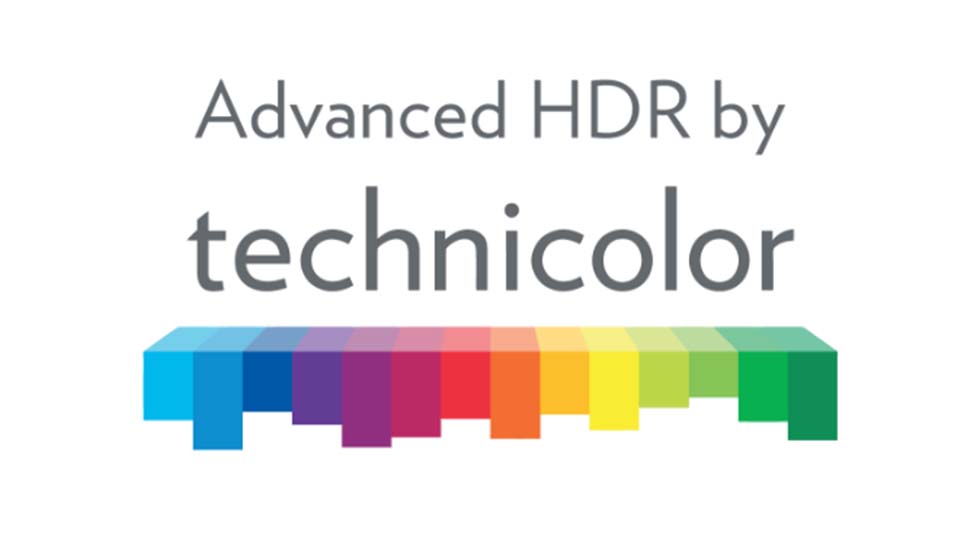
Tom Butts
Editor-in-Chief
tbutts@nbmedia.com
The ITU’s announcement that it has agreed on first-stage approval of the emerging HEVC (high efficiency video coding) codec marks an important chapter in the move towards a world where high-resolution video will no longer be a luxury.
When it comes to distributing media, a number of elements have to come together. In today’s world, it’s all about compression and bandwidth and in most cases, progress does not march in lockstep. According to Cisco’s latest “Visual Networking Index,” mobile video is expected to grow at a CAGR of 90 percent between 2011 and 2016, the highest rate of any mobile application the company forecasts. And of the 10.8 exabytes (an exabyte is 1 billion gigabytes) per month crossing mobile networks by 2016, 7.8 exabytes will be video. Clearly, our present MPEG-based infrastructure is inadequate.
The world has changed a lot since MPEG-2 was introduced over 15 years ago and its successor MPEG-4 a few years after that. What was once a hardware-intensive process has evolved into software encoding and decoding that requires just a simple download. And the world is a lot more crowded with variations on existing codecs such Apple’s Quicktime, and competing codecs such as Google’s VP9. And what about MPEG-DASH or HTML-5?
Recently I talked with Pete Ludé, senior vice president with Sony and a recent past president of SMPTE to talk about developments in this area. Although the ITU’s vote was an important step, the industry is in a “wait and see” stage in which other players, including licensing body MPEG-LA and SMPTE itself are working together to create the ecosystem that gets not only more video to more devices, but higher resolution video as well.
Other elements such as extensions for 4:2:2, 10-bit and perhaps even 12-bit and 3D are expected to be voted on by the ITU within the next 12 months, according to Ludé. “They’re quite methodical about the process,” he said. There’s also some ambiguities over whether to define UHDTV as 4K or even 8K, although Ludé pointed out the fact that the visual difference between the two is even more subtle than between HD and 4K. “The difference between high-def and 4K will be notable if you’re in the right environment with the right content and that content was properly acquired with the right lense,” he said. “Those are a lot of ‘ifs’.”
Ludé says SMPTE is exploring its role in the standardization process for HEVC and that the organization is forming a study group to examine the new compression scheme. “We’re studying the entire ecosystem and look at any gaps that may exist going across it. We did something similar for 3D.” Ludé expects the work to be completed this year, resulting in “clear work statements” for any standard activities that support production for UHDTV.
The professional video industry's #1 source for news, trends and product and tech information. Sign up below.
While developing standards for producing content for UHDTV is a work in progress, Ludé has great confidence in inter-industry support for a final standard. “It has lots of momentum behind it and lots of investment and technology. We’re all talking virtually every week.”
Tom has covered the broadcast technology market for the past 25 years, including three years handling member communications for the National Association of Broadcasters followed by a year as editor of Video Technology News and DTV Business executive newsletters for Phillips Publishing. In 1999 he launched digitalbroadcasting.com for internet B2B portal Verticalnet. He is also a charter member of the CTA's Academy of Digital TV Pioneers. Since 2001, he has been editor-in-chief of TV Tech (www.tvtech.com), the leading source of news and information on broadcast and related media technology and is a frequent contributor and moderator to the brand’s Tech Leadership events.

